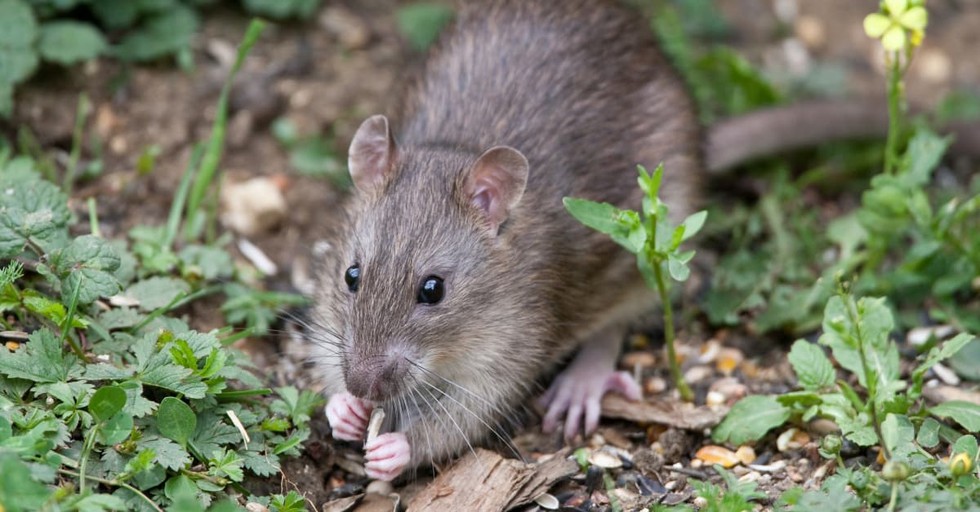
About Ottavalo’s Andean Mouse:
- It is a new species of mouse with a remarkably long tail.
- It was discovered near Mojanda, a dormant volcano with a caldera filled with The site is about a 50-mile trip from Quito, a city situated in the high Andes of northern Ecuador.
- It has been identified as endemic to the temperate, high-altitude Andean regions of the montane forest.
- It was named in honor of the local Otavalo culture, which is widely recognized for its musical heritage and skilled weaving and textile commerce.
- Features:
- In comparison to related species, the Otavalos Andean mouse is slightly larger, with shorter hair on its back.
- It has a coat of “fine, dense, and soft” fur.
- The fur on its back and sides is described as “dark drab,” while its sides show a more brownish tone.
- On its stomach, the fur is a lighter gray with a hint of “ground cinnamon,” giving it a distinct color gradient across its body.
- The most distinguishable feature of the new mouse species is its tail, which is longer than the length of the entire body
- The tail is overall covered with fine hairs and a row of scales with a white tip.
2. What is a Menhir?
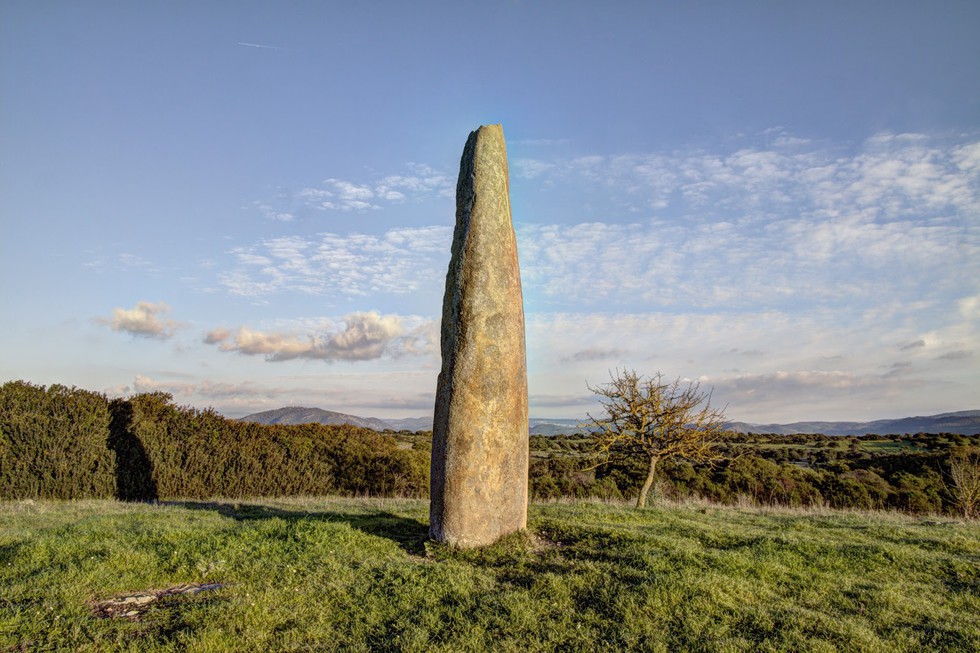
About Menhir:
- A menhir is a large upright standing stone.
- Menhirs may be found singly as monoliths, or as part of a group of similar stones.
- They are widely distributed across Europe, Africa, and Asia, but are most numerous in Western Europe.
- Their size can vary considerably; but their shape is generally uneven and squared, often tapering towards the top.
- Often menhirs were placed together, forming circles, semicircles, or vast ellipses.
- Megalithic menhirs were also placed in several parallel rows, called alignments. The most famous of these are the Carnac, France, alignments, which include 2,935 menhirs.
- They are sometimes engraved with abstract forms (line, spiral) or with objects' images like axes.
- Identifying the uses of menhirs remains speculation. However, it is likely that many uses involved fertility rites and seasonal cycles.
3. One Sun One World One Grid' (OSOWOG) initiative
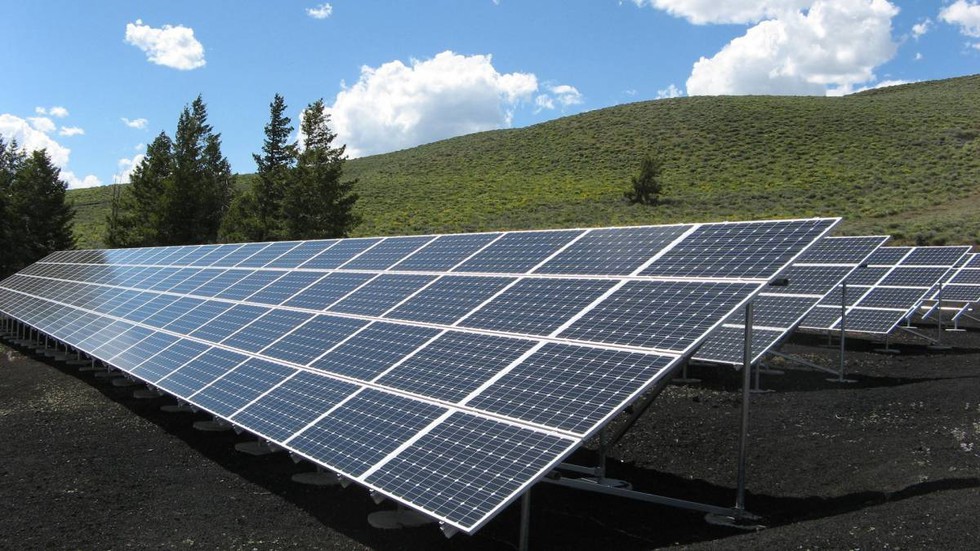
About One Sun One World One Grid' (OSOWOG) initiative:
- The idea for the OSOWOG initiative was put forth by the Prime Minister of India, at the First Assembly of the International Solar Alliance (ISA) in October 2018.
- It is an initiative to introduce a transnational electricity grid that supplies power worldwide.
- The project is being spearheaded by the governments of India and the UK in partnership with the International Solar Alliance (ISA) and the World Bank Group.
- Vision: It aims to connect different regional grids through a common grid that will be used to transfer renewable energy power and, thus, realize the potential of renewable energy sources, especially solar energy.
- The idea is to harness solar and other renewable energy sources from different parts of the world, where the sun is shining at any given moment, and efficiently transmit that power to areas where it is needed.
- OSOWOG aims to provide power to about 140 countries through a common grid that will ensure the transfer of clean and efficient solar power.
- The OSOWOG initiative is to be carried out in 3 phases:
- In the first phase, the Indian grid would be connected to the grids of the Middle East, South Asia, and South-East Asia to develop a common grid. This grid would then be used to share solar energy as needed, in addition to other renewable energy sources.
- The second phasewould connect the functional first phase to the pool of renewable resources in Africa.
- The third phasewould look at achieving true global interconnection with the aim of 2,600 GW of interconnection by 2050. The goal is to integrate as many countries as possible to create a single power grid of renewable energy. This can then be accessed by all countries.
- It will bring together a global coalition of national governments, international financial and technical organisations, legislators, power system operators, and knowledge leaders to accelerate the construction of the new infrastructure needed for a world powered by clean energy.
4. Shettihalli Wildlife Sanctuary

About Shettihalli Wildlife Sanctuary:
- Location: It is located in Shimoga District of Karnataka.
- It covers an area of 395.6 sq. km.
- It was declared a wildlife sanctuary on 23rd November 1974.
- Mandagadde Natural Bird Sanctuary, present on a small island in the River Tunga, is also a part of this sanctuary.
- The Tunga Anicut Dam is situated within the sanctuary and provides shelter for otters and water birds.
- There are a large number of human settlements inside Shettihalli Sanctuary, mainly consisting of families that were displaced by the construction of the Sharavathi Dam in the 1960s.
- Vegetation:
- The sanctuary has mostly Dry and Moist Deciduous Forests in the eastern and central parts.
- Towards the west, with an increase in rainfall, there are Semi-evergreen Forests.
- Flora: Major tree species include silver oak, teak, Indian Thorny Bamboo, Calcutta Bamboo, Asan, Tectona Grandis, Sweet Indrajao, Amla, etc.
- Fauna:
- It houses mammals like Tiger, Leopard, Wild Dog, Jackal, Gaur, Elephant, Sloth Bear Sambar, Spotted Deer, Wild Pig, Common Langur, Bonnet Macaque, etc.
- Birds include Hornbills, Kingfishers, Bulbuls, Parakeets, Doves, Pigeons, Babblers, Flycatchers, Munias, Swallows, Woodpeckers, Peafowl, Jungle fowl and Partridges.
5. What is Thrombotic Thrombocytopenic Purpura (TTP)?
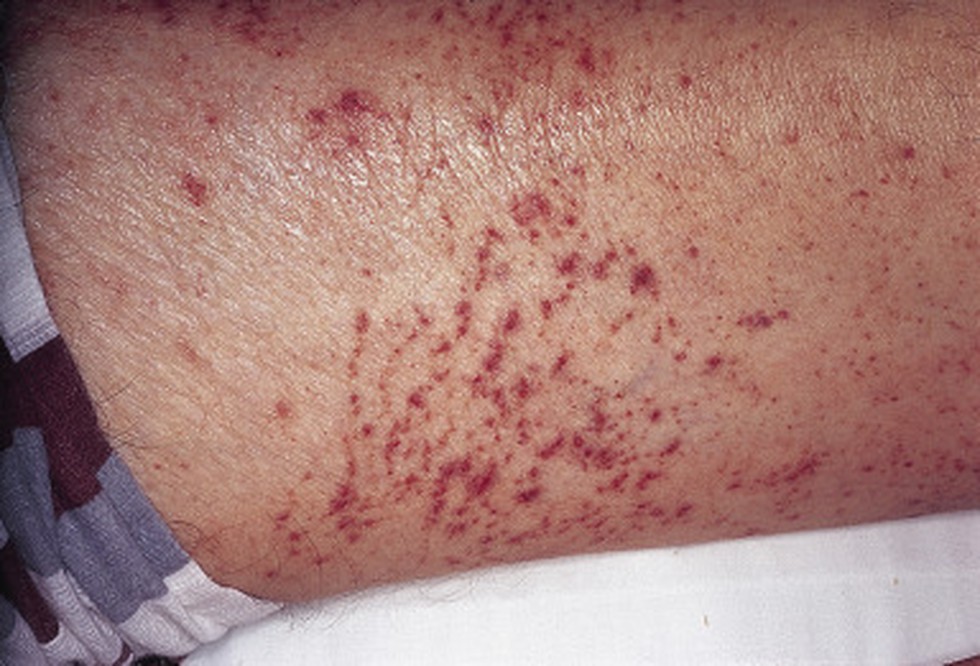
About Thrombotic Thrombocytopenic Purpura (TTP):
- It is a rare, life-threatening blood disorder.
- “Thrombotic” refers to the blood clots that form.
- “Thrombocytopenic” means the blood has a lower-than-normal platelet count.
- “Purpura” refers to purple bruises caused by bleeding under your skin.
- In TTP, blood clots form in small blood vessels throughout your body.
- The clots can limit or block the flow of blood to your organs, such as your brain, kidneys, and heart. This can prevent your organs from working properly and damage your organs.
- The increased clotting that occurs in TTP also uses up your platelets. Platelets are tiny blood cells that help form blood clots. These cell fragments stick together to seal small cuts and breaks in your blood vessels to stop bleeding.
- When your platelets are used up, you do not have enough platelets to form blood clots when necessary. This can cause internal bleeding, bleeding underneath the skin, and other bleeding problems.
- What causes TTP?
- TTP occurs when you do not have the right amount of an enzyme (a type of protein in your blood) called
- This enzyme controls how your blood clots. If you do not have enough ADAMTS13, your body makes too many blood clots.
- TTP can be inherited or acquired.
- TTP usually occurs suddenly and lasts for days or weeks, but it can continue for months.
- TTP can also cause red blood cells to break apart faster than your body can replace them. This leads to a rare form of anemia called hemolytic anemia.
- Symptoms of TTP may include any of the following:
- Bleeding into the skin or mucus membranes
- Confusion
- Fatigue, weakness
- Fever
- Headache
- Pale skin color or yellowish skin color
- Shortness of breath
- Fast heart rate (over 100 beats per minute)
- TTP can be fatal. Without treatment, it can cause long-term problems, such as brain damage or a stroke.
- Treatment: Plasma treatments and medicines are the most common ways to treat TTP. If these treatments do not work, you may need surgery.
6. National Company Law Tribunal
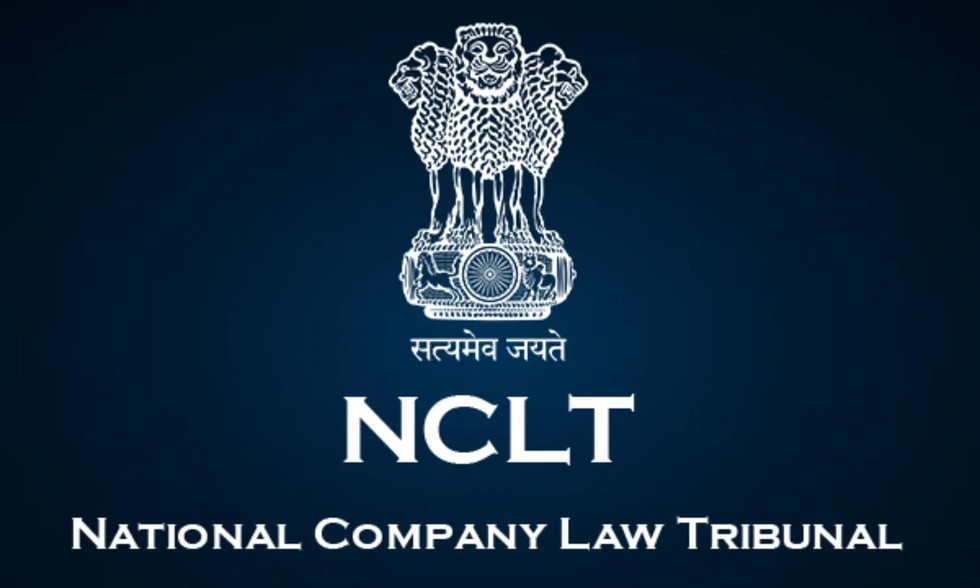
About National Company Law Tribunal:
- It is a quasi-judicial authorityincorporated for dealing with corporate disputes that are of civil nature arising under the Companies Act,2013.
- It was constituted on 1 June 2016 under the Companies Act, 2013.
- It was established based on the recommendation of the Balakrishna Eradi committee on law relating to the insolvency and the winding up of companies.
- Composition:It shall consist of a President and such number of Judicial and Technical Members as may be required.
- What are the Powers of NCLT?
- It is not limited or bound by the rules laid down in the Code of Civil Procedure and is guided by the principles of natural justice, subject to the other provisions of this Act and of any rules that are made by the Central Government.
- It can enforce any order that it gives in the same manner as a court would enforce it.
- It has the power to scrutinize its own orders.
- It has the power to regulate their own procedure.
- It is the adjudicating authority for the insolvency resolution process of companies and limited liability partnerships under the Insolvency and Bankruptcy Code, 2016.
7. Caterpillar fungus
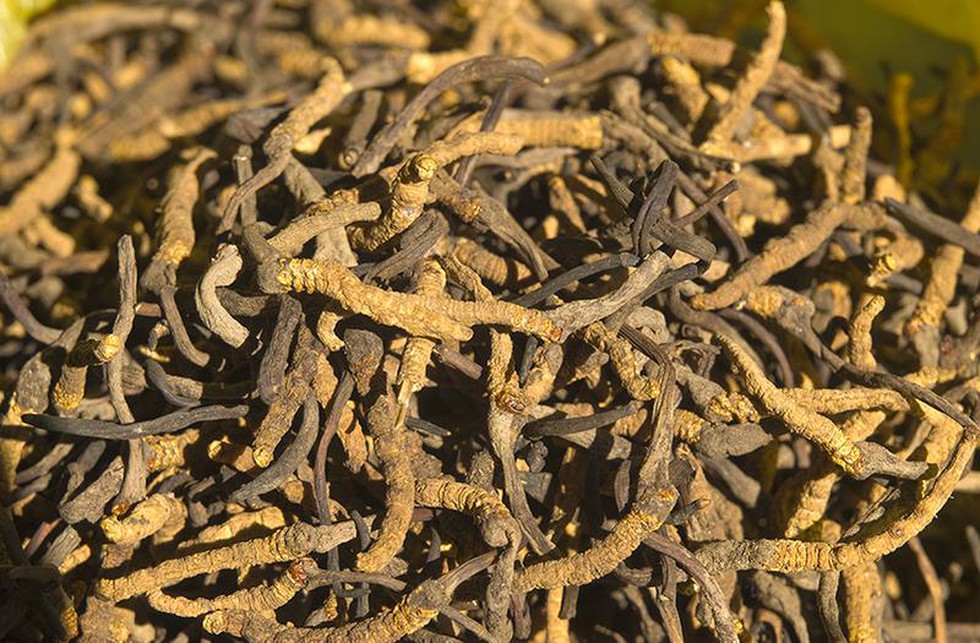
About Caterpillar fungus:
- Caterpillar fungus (Ophiocordyceps Sinensis) is a fungal parasite of larvae (caterpillars) that belongs to the ghost moth.
- It is endemic to the Tibetan Plateau, including the adjoining high Himalaya (3,200-4,500 metres above sea level).
- It is locally known as Kira Jari (in India), Yartsagunbu (in Tibet), Yarso Gumbub (Bhutan), Dong Chong Xia Cao (China) and Yarsagumba (in Nepal).
- In the Indian Himalayas, the species has been documented in the region from the alpine meadows of protected areas such as Nanda Devi Biosphere Reserve, Askot Wildlife Sanctuary, Kanchendzonga Biosphere Reserve and Dehan-Debang Biosphere Reserve.
- Conservation status
- IUCN: Vulnerable
What researchers found?
- The chemical Cordycepin, interrupts the cell growth signals that are overactive in cancer, an approach that could be less damaging to healthy tissues than most currently available treatments.
- Cordycepin is converted to cordycepin triphosphate, and this molecule was found to directly affect cancer cells.
8. QS World University Rankings: Asia 2025

About QS World University Rankings: Asia 2025:
- It is published annually since 2009 by Quacquarelli Symonds, which highlights the top universities in Asia each year.
- The methodology used to create the ranking is similar to that used for the QS World University Rankings, but with some additional indicators and adapted weightings.
- The 11 indicators used to compile the QS Asia University Rankings are
- academic reputation (30%), Employer reputation (20%), Faculty/student ratio (10%), International research network (10%), Citations per paper (10%) and papers per faculty (5%), Staff with a PhD (5%), Proportion of inbound exchange students (2.5%) and proportion of outbound exchange students (2.5%)
- Highlights
- This ranking assesses 984 institutions covering 25 countries in Eastern, Southern, South-Eastern and Central Asia.
- Peking University retains the top spot, The University of Hong Kong the second, with the National University of Singapore confirmed in third.
- India boasts two institutions within the top 50 and seven in the top 100 of the QS Asia Rankings 2025, with the Indian Institute of Technology Delhi (IITD) leading at 44th place.
- The University of Petroleum and Energy Studies (UPES) achieved the most significant improvement among Indian institutions, climbing 70 spots to 148th.
9. Seaplane

About Seaplane:
- It is any of a class of aircraft that can land, float and take off on water.
- It is a fixed-winged aeroplane designed for taking off and landing on water. It offers the public the speed of an aeroplane with the utility of a boat.
- Types of Seaplanes
- Floatplanes: Floatplanes are the most common type of seaplane. They have floats, which are buoyant structures, permanently attached to the fuselage. Floatplanes rely solely on water for takeoff and landing, making them ideal for flying over lakes, rivers, and coastal areas.
- Flying Boats: Unlike amphibious seaplanes and floatplanes, flying boats have their hull entirely designed to float on water. These aircraft have a boat-like shape, with the main body of the plane floating on the water’s surface. Flying boats are capable of carrying larger passenger loads and have the capability to take off and land in rougher water conditions.
Advantages of seaplanes
- They can fly low and have access to both land and sea, they are perfectly suitable for coastal surveillance.
- They can observe coastal activity such as border control, investigations or weather anomalies.
10. Snakebite Envenoming

About Snakebite Envenoming:
- It is a life-threatening medical condition caused by venomous snake bites.
- It is a major health concern in rural and snake-endemic regions.
- It poses a risk to vulnerable populations, including agricultural workers, children, and those living in tropical and subtropical areas.
- Snake antivenoms are effective treatments to prevent or reverse most of the harmful effects of snakebite envenoming and are included in the WHO list of essential medicines.
- The World Health Organization (WHO) has recognised snakebite as a global public health issue and launched a strategy to reduce snakebite-induced deaths and disabilities worldwide.
- India’s Action plan
- The Ministry of Health and Family Welfare earlier this year published the National Action Plan for Prevention and Control of Snakebite Envenoming.
- The plan aims to halve snakebite deaths by 2030 through a ‘One Health’ approach, integrating human, animal, and environmental health interventions.
- Advantages of notifiable disease
- By making snakebite a notifiable disease, the Tamil Nadu government aims to improve the collection of vital data, strengthen clinical infrastructure, and ensure the efficient distribution of anti-snake venom.
- This move is expected to lead to better prevention strategies, reduce mortality rates, and enhance treatment facilities across the state.
- Under the new directive, both government and private hospitals are now required to report cases of snakebites and related fatalities to the government.
- This mandatory reporting system will be integrated with the State’s Integrated Health Information Platform under the Integrated Disease Surveillance Program.


























































































































































.png)
.png)
.png)
.png)
.png)


.png)
.png)
.png)





.png)
.png)






.png)
.png)
.png)
.png)
.png)
.png)
.png)
.png)
.png)

.png)







.png)
.png)


.png)
.png)
.png)


.png)

.png)
.png)





.jpg)

.png)
.png)


.png)

.png)
.png)
.png)

.jpg)

.jpg)


.png)

.png)
.png)
.png)
.png)
.png)
.png)
.png)
.png)
.png)
.png)




.png)

.png)





.png)
.png)
.png)
.png)
.png)
.png)
.png)
.png)
.png)
.png)
.jpg)
.jpg)

.png)
.png)
.png)
.png)
.png)
.png)
.png)
.png)
.png)
.png)
.png)
.png)
.png)
.png)
.png)
.png)
.png)
.png)
.png)
.png)
.png)
.png)



.png)
.png)

.jpg)
.jpg)


.jpg)
.jpg)
.jpg)
.jpg)
.jpg)

.jpg)








.jpg)
.jpg)
.jpg)
.jpg)
.jpg)

















.jpg)
.jpg)







.jpg)


















.jpg)
.jpg)






























































































.jpg)
.jpg)


























.jpg)

.jpg)










.jpg)








.jpg)




.jpg)










.jpg)


















.jpg)












































.jpg)














.jpg)
.jpg)
.jpg)





.jpg)

.jpg)
.jpg)





































































.jpg)


































.jpg)
.jpg)
















































.jpg)












.jpg)


.jpg)




.jpg)
.jpg)
.jpg)

.jpg)
.jpg)
.jpg)
.jpg)

.jpg)
.jpg)
.jpg)

.jpg)
.jpg)
.jpg)
.jpg)
.jpg)
.jpg)
.jpg)
.jpg)

.jpg)


.jpg)
.jpg)
.jpg)
.jpg)
.jpg)
.jpg)
.jpg)
.jpg)
.jpg)
.jpg)











.jpg)
.jpg)





.jpg)
.jpg)
.jpg)
























.jpg)
























.jpg)









.jpg)
.jpg)







.jpg)
.jpg)









































.jpg)
.jpg)
.jpg)
.jpg)
.jpg)

.jpg)
.jpg)
.jpg)
.jpg)
.jpg)


.jpg)
.jpg)
.jpg)
.jpg)
.jpg)

.jpg)
.jpg)
.jpg)
.jpg)
.jpg)
.jpg)
.jpg)
.jpg)
.jpg)
.jpg)
.png)

.png)
.png)

.png)
.png)
.png)
.png)


.jpg)
.jpg)

.jpg)
.jpg)
.jpg)

.png)
.png)
.png)
.png)
.png)
.png)
.png)

.png)
.png)
.png)
.png)
.png)
.png)
.png)
.png)
.png)
.png)





































































-min.png)



.png)




.png)








































